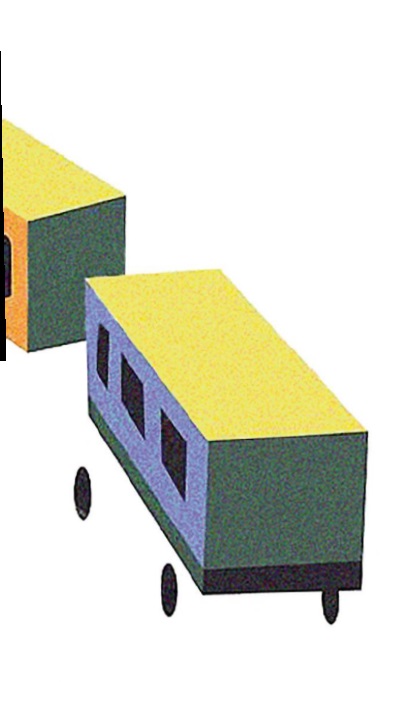
Located deep within the skull, on either side of the head within the inner ear, the vestibular system provides "a unique and complete description of head motion and orientation in three dimensions"2 by providing information regarding:
- "Self" versus "non-self" motion (are we moving, or are things moving around us?)
- Spatial orientation
- Navigation
- Voluntary movement
- Ocular-motor (eye-movement) control.
Children with autism might not be receiving or processing vestibular information effectively. It is possible that, instead of augmenting accurate vestibular information, the visual and proprioceptive systems are providing all the information they use to navigate the world. This may help to explain some of the difficulties children with autism have in moving their eyes to a target (such as someone's eyes), sequencing and connections between events and situations (knowing what comes next), and navigation through the environment (as opposed to being lead).
As the saying goes, “if you’ve met one child with autism… then you’ve met one child with autism.” Children with autism present with such a variety of difficulties and abilities, how can one system, the vestibular system, explain such a wide variety of behaviors? There is some evidence that the degree of impairment of the vestibular system can result in different behaviors. In a study on mice in which vestibular function was chemically compromised, researchers found that the severity of vestibular impairment resulted in different behaviors; more profoundly impaired mice manifested hyperactive behaviors, while less severely impaired mice exhibited signs of anxiety.3 Both anxiety and hyperactivity are behaviors common in children with autism.
As an occupational therapist with years of experience with children, I would consider another factor that plays a role in how a child completes tasks within the world when their vestibular information is unreliable: do they compensate for the missing information using their vision, or their proprioception (joint and muscle feedback)? As illustrated at the beginning of this article, the brain augments and confirms vestibular sensations using visual and proprioceptive input. Some children may come to rely on these forms of information excessively or exclusively. This can result in very different behaviors and abilities.
For a child who orients to the world using their vision, behaviors like anxiety, whininess, hypersensitivity to movement and inflexibility in routine are common. Take my young friend Steve. At three-and-a-half years old, Steve had been diagnosed with autism for about a year. As might be expected, made little to no eye contact with others. He had a vocabulary of about 25-30 words and could follow some verbal cues. He liked to line up his toys (particularly trains), and play on the floor, lying down with his head resting on his arm. If he was engaged in play, he did not like to transition to a new activity. He would whine and cry, but did not hit or act out physically. He became upset in new places and would passively resist movement to a new location; his parents regularly had to carry him to new
places, and this became more of a burden after the birth of his younger sibling.
Upon examination, Steve was unable to follow a toy visually across the space in front of him. To engage with a toy he was interested in, he would place it on the floor, and when it was moved, he became upset, even if it was still within reach. It was as if he couldn’t find it with his eyes. It is my assumption that Steve visually “locked on” to objects to orient himself. As if his brain was telling him, “this toy is not moving, so I must not be moving either.” But the world around him did not stay still as he was expected to navigate from place to place. Without an accurate sense of where he was in space and what direction to move in, as well as difficulty coordinating his gaze in the correct direction, moving was intimidating far out of proportion to the threat it presented, and Steve strongly resisted movement out of anxiety, and possibly fear.
"Not only does the vestibular system fact-check the physical experiences we are having, it also helps us predict that will happen in the physical world."
Gerald is a good example of children I assume may be using their proprioceptive input to compensate for missing vestibular information. At seven years old, Gerald's mother was worried about his disconnection from people, physically aggressive tantrums, and inability to stay on task. This created many problems in school, as he seemed unable to learn new information because he didn't seem to be "present," talking about completely unrelated subject matter during class and unable to answer questions. Sitting for even a short lesson was often too much for him, being unable to stay in his seat.
Upon evaluation, Gerald, like Steve, had very poor control over his eyes. He was constantly on the move, bouncing around the room and pulling toys out without stopping to explore or play with them. With this constant movement, he would become more and more "hyper" and disorganized. His mother's solution to short-circuit this was to offer him a tablet device, which he would sit to play on as long as she would let him. If he continued to "ramp up" through physical play, it often ended in a violent tantrum or him accidentally hurting himself or someone else as he became clumsier and